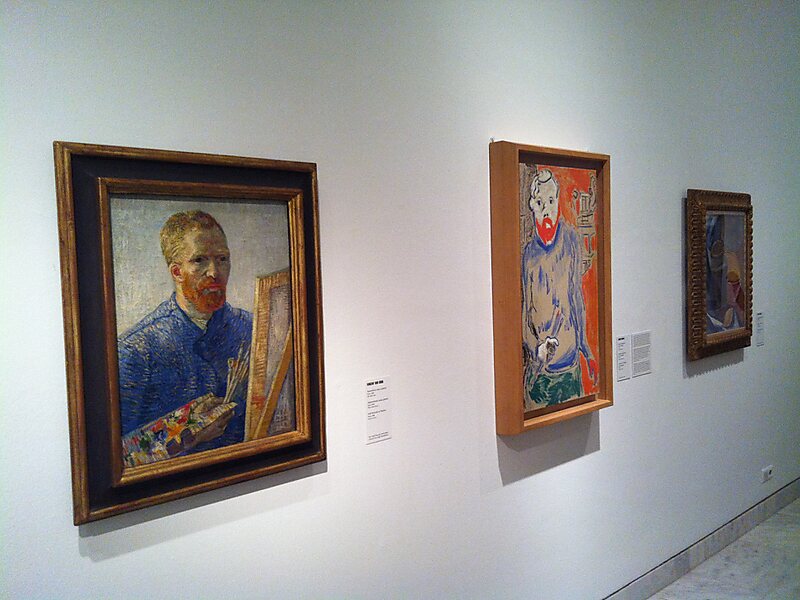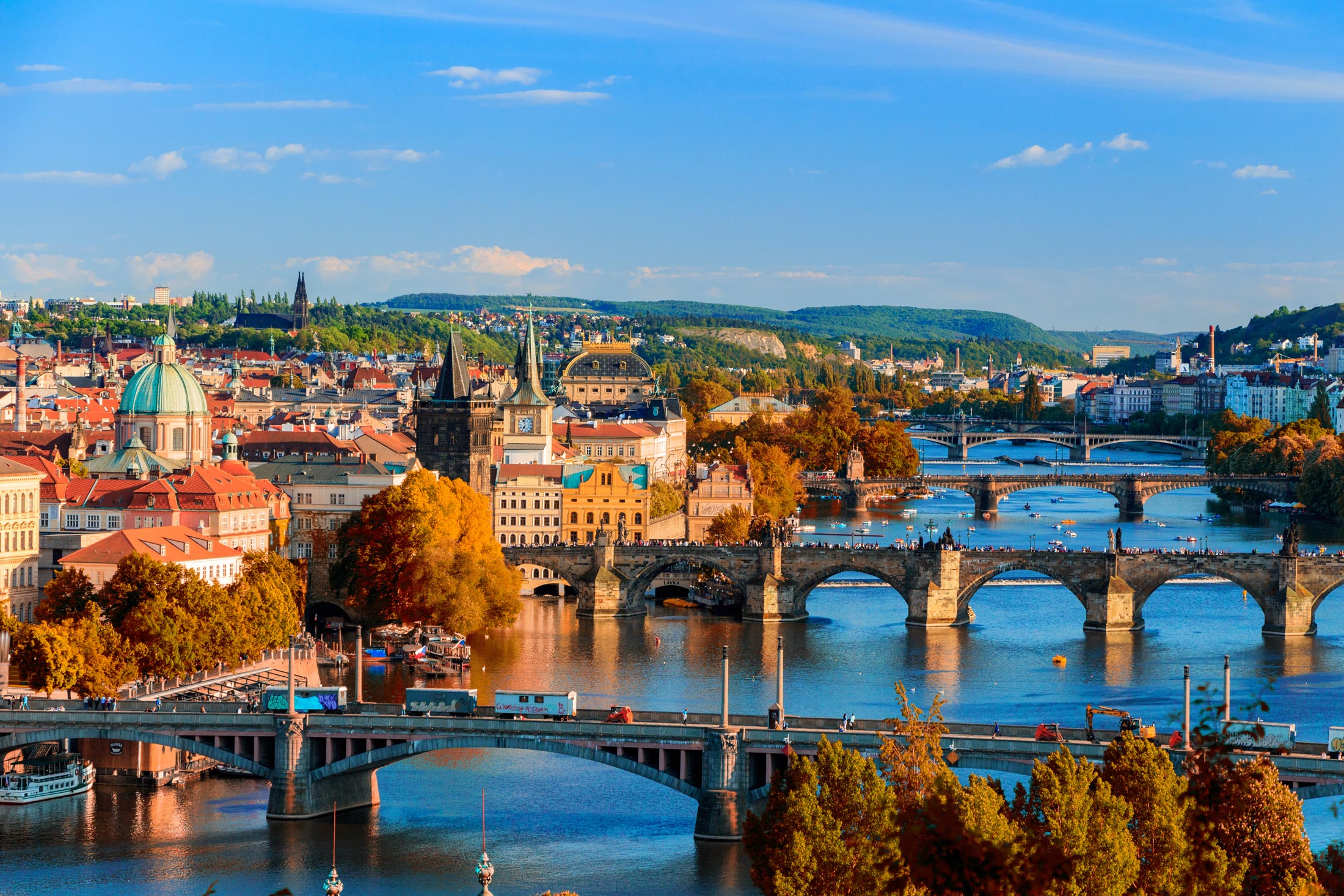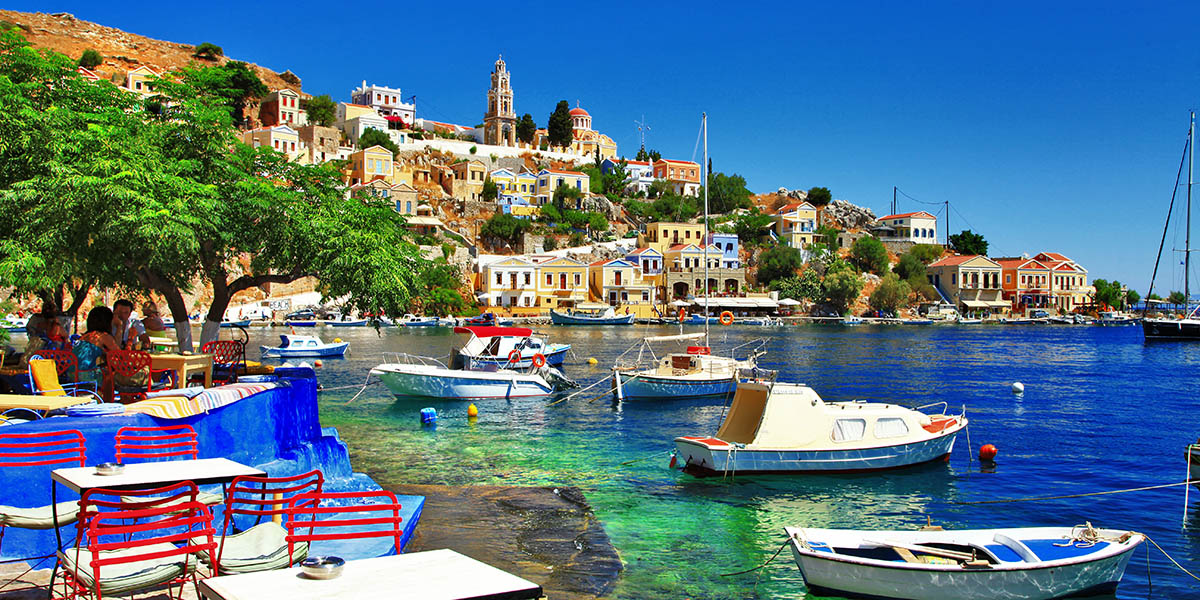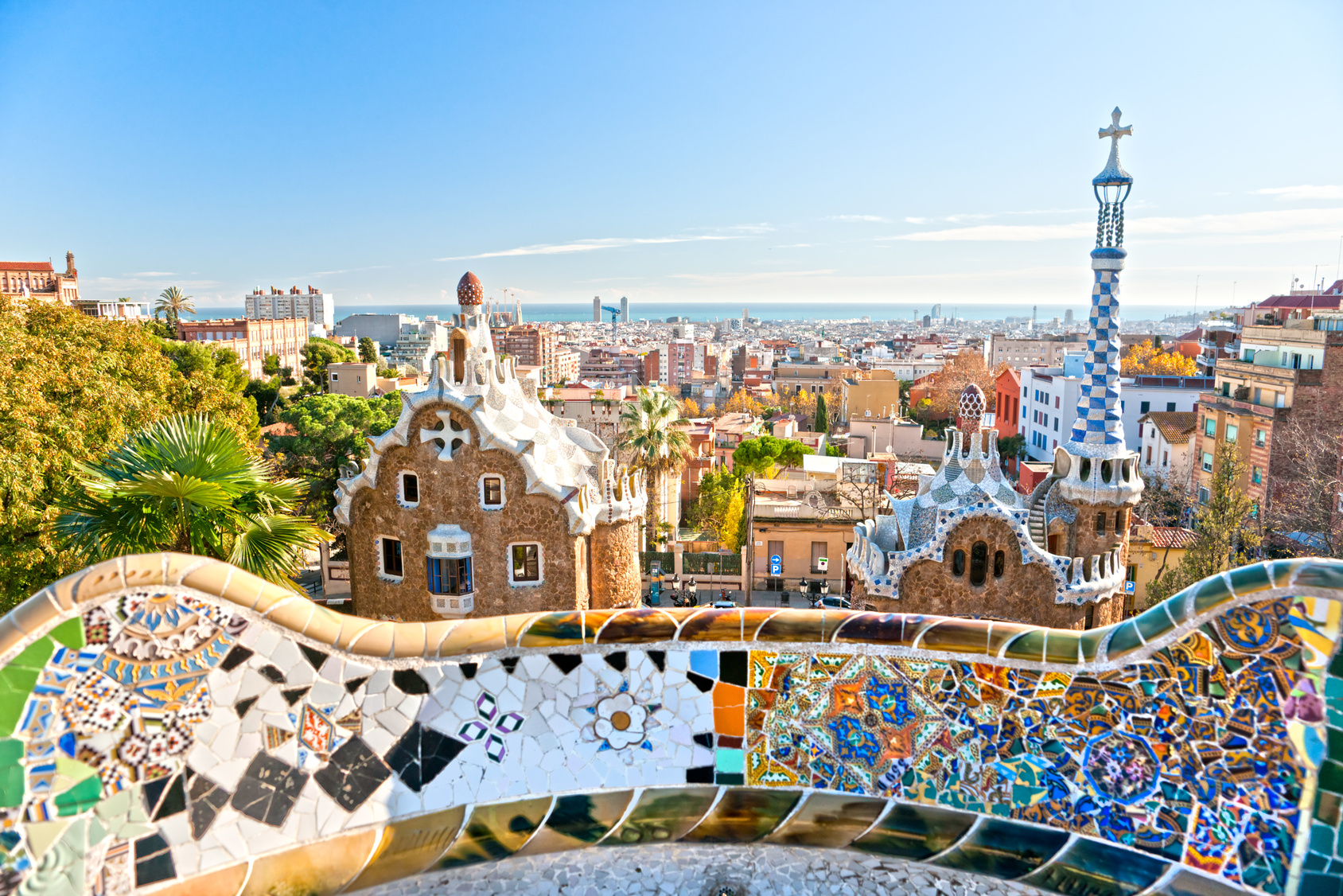
Barcelona - Feel The Catalan spirit
Located between the mountains and an amazing beach, combining a modern lifestyle with Roman architecture and offering outstanding experiences, Barcelona for a reason is a very popular destination for both short weekend trips and longer summer getaways. Join us and explore all the magical places of Barcelona! Barcelona is one of the world’s most popular tourist destinations, attracting millions upon millions of visitors each year. So why is it so popular? Well, it has almost everything any holidaymaker would desire. Easy access, favorable weather conditions, attractive beaches and surrounding mountains, a buzzing nightlife, tasty local cuisine and it’s steeped in culture and history. It’s also a sight-seeing wonderland, housing many recognizable monuments.
What to see???
1 . Sagrada Familia by Antonio Gaudí (Giant Basilica)
A Giant Basilica designed by the master architect Antonio Gaudí. This building has been under construction since 1882 and they've still got another 30 to 80 years (depending on funding and resources) to go before it will be finished. Just imagine the dedication, devotion and commitment involved in creating a building for that length of time. La Sagrada Familia is the most popular attractions in Barcelona, attracting nearly 2.8 million visitors each year. It is a large and intricate basilica designed by Antoni Gaudi. Construction began in 1882 and continues to this day. The building is predicted to be completed within the next 30 years. Visitors will be captivated by the design elements and the religious symbolism built into all the spaces of the church. A glorious exterior and interior make La Sagrada Familia truly unmissable.

2. La Rambla
This is probably the city’s most famous street and is a bustling hive of activity. It is often called Las Ramblas, because it is actually a series of several different streets that all have a distinct feel. Located just off Plaza Catalunya and leading right down towards the port and beach, visitors will find street performers, lots of bars and restaurants and the fabulous Boquería Market, a true feast for the eyes.

3. Casa Milà - Built between the years 1906 and 1910, Casa Milà (La Pedrera) was the last civil work designed by Catalan architect Antoni Gaudi. The colorful building is considered one of the artist’s most eccentric and enticing architectural creations with not one straight edge on the exterior. Tours of the interior and the incredible roof structures are available. It also hosts a large exposition of Gaudi works, covering Sagrada Familia and Casa Batlio, not only La Pedrera itself.
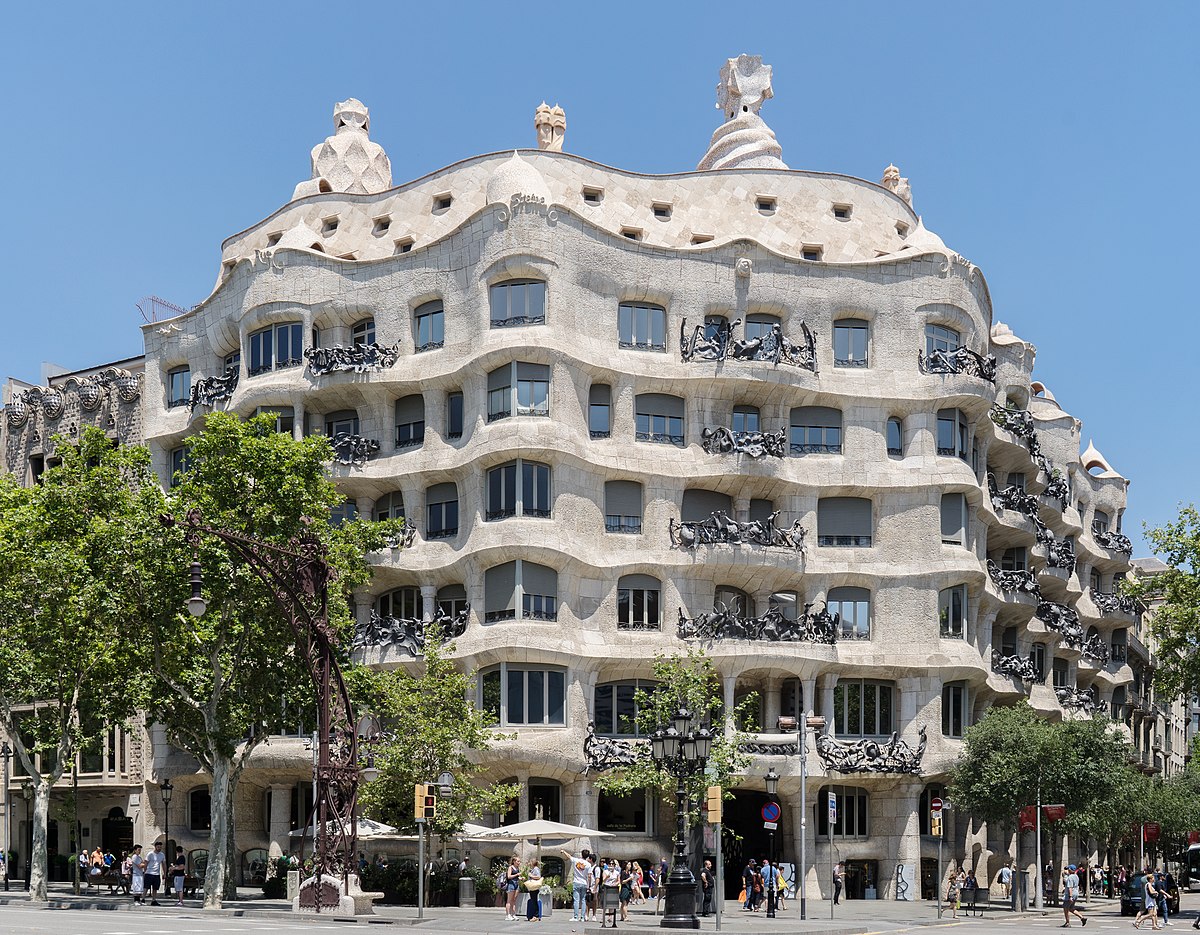
4. Barceloneta- Out of Barcelona’s seven different beaches, stretching over 4.5 km (2.8 miles) of coastline, Barceloneta probably tops them all. It is one of the most popular and is closest to the city center. Along the 1,100 meter (3,600 feet) sandy beach runs a walkway popular with joggers and cyclist. Not surprisingly this place can get crowded, especially during the summer months when the beach bars open up and the beach quickly fills up with locals and tourist.
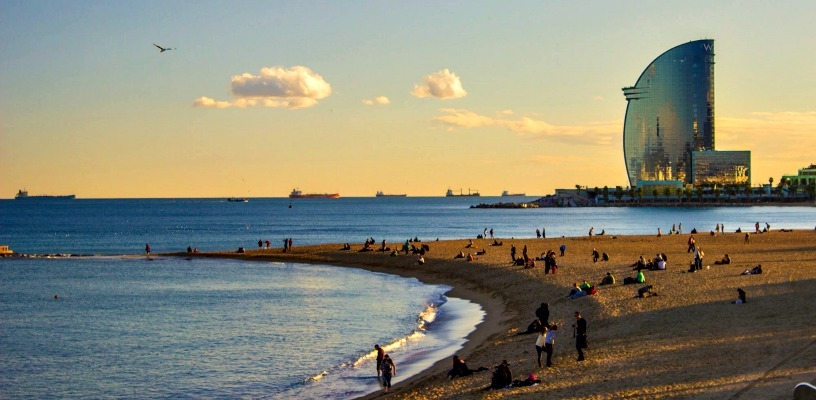
5. Parc Guëll- With other major works in the city including La Casa Batlló and La Pedrera, this has to be one of Antoni Gaudí’s most celebrated and it is certainly one of the most emblematic of Barcelona. The area was originally meant to be a residential property development with Gaudi doing much of the planning and landscape design. Only two houses were built and the land was later sold to the city of Barcelona and turned into a park. It is home to the famous Salamander sculpture, as well as other buildings and structures designed by the architect. With stunning views of the city, this is a magical experience.
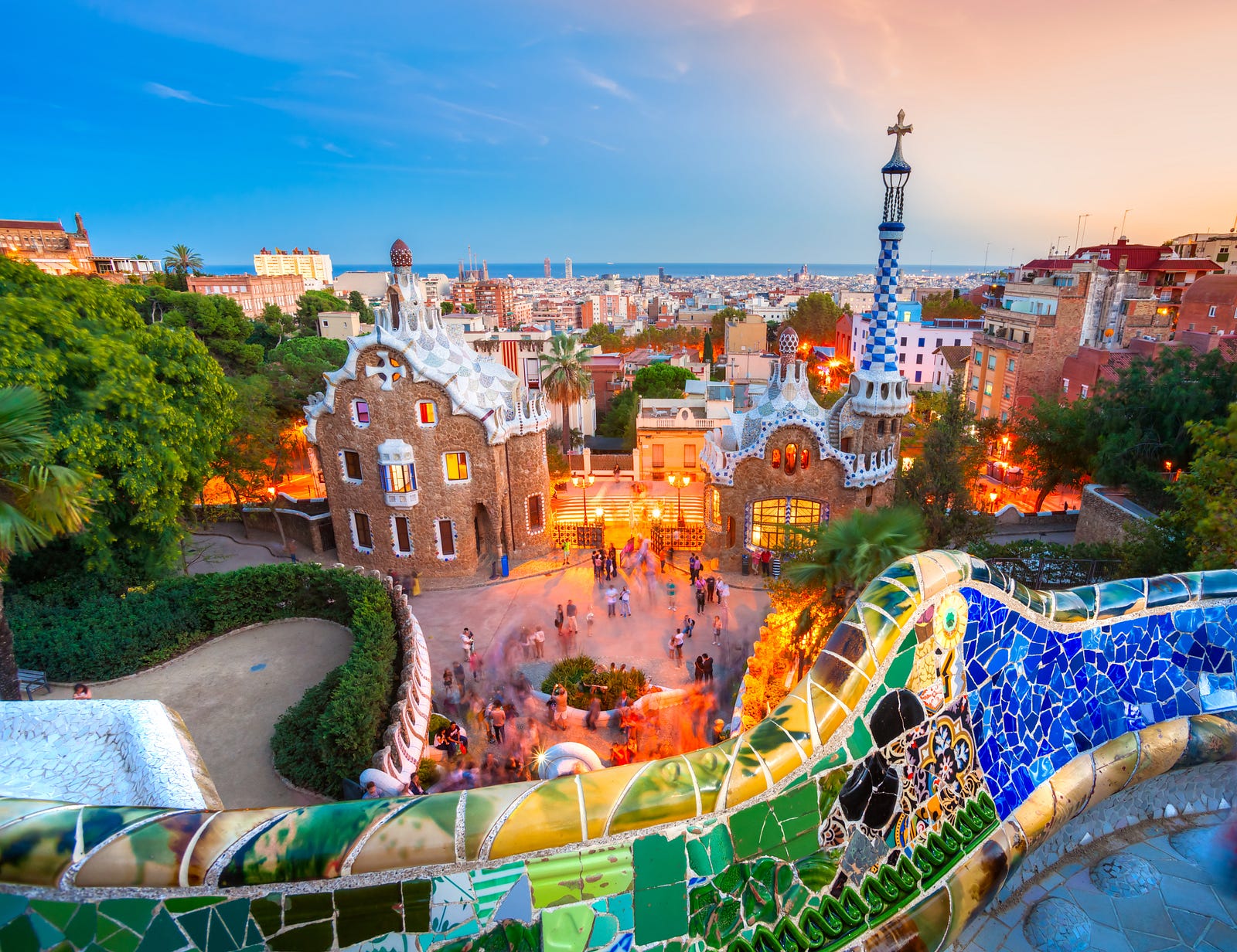
6. Casa Batllo- The Casa Batlló, a remodeled nineteenth century building, is one of Gaudí’s many masterpieces in Barcelona. Often overlooked for La Pedrera, La Casa Batllo is equally as stunning with its unique architecture and infamous two ornamental pillars in the entrance to the terrace. Its unique interior is just as extraordinary as its fairytale-like exterior.

7. Font Màgica- Font Màgica is a fountain located below the Palau Nacional on the Montjuïc hill and near the Plaça d’Espanya and Poble Espanyol de Barcelona. The fountain, like most of the surrounding developments, was constructed for the 1929 Barcelona International Exposition. On selected evenings, when the fountain is activated, it attracts hundreds of visitors who watch the spectacular display of light, water and music. At the same time, the Palau National is illuminated, providing a beautiful background.

8. Montjuïc- Montjuïc is a broad shallow hill with a relatively flat top to the southwest of the city center. The eastern side of the hill is almost a sheer cliff, giving it a commanding view over the city’s harbor immediately below. The top of the hill was the site of several fortifications, the latest of which remains today. Another interesting sight is the Palau Nacional (National Palace), originally built as the central pavilion for the International Exhibition. The majestic building in neo-Baroque style is home to the Museu Nacional d’Art de Catalunya (MNAC). Montjuïc is also home to a number of sports facilities built for the 1992 Olympics.

9. Museu Picasso- With over 4,000 works by the painter, the Museu Picasso houses one of the most extensive collections of artworks by the 20th-century Spanish artist Pablo Picasso. In particular, the Museu Picasso reveals Picasso’s relationship with the city of Barcelona, a relationship that was shaped in his youth and adolescence, and continued until his death. The museum is housed in five adjoining medieval palaces in Barcelona’s La Ribera.
10. Camp Nou- One for the sports fans, yet still one of Barcelona’s most popular attractions. This stadium is home to formidable European football champions F.C. Barcelona. With a capacity of 99,000 people, this breathtaking sporting arena is Europe’s largest. A tour of the ground is definitely worthwhile and you never know, you might be lucky enough to catch a game!
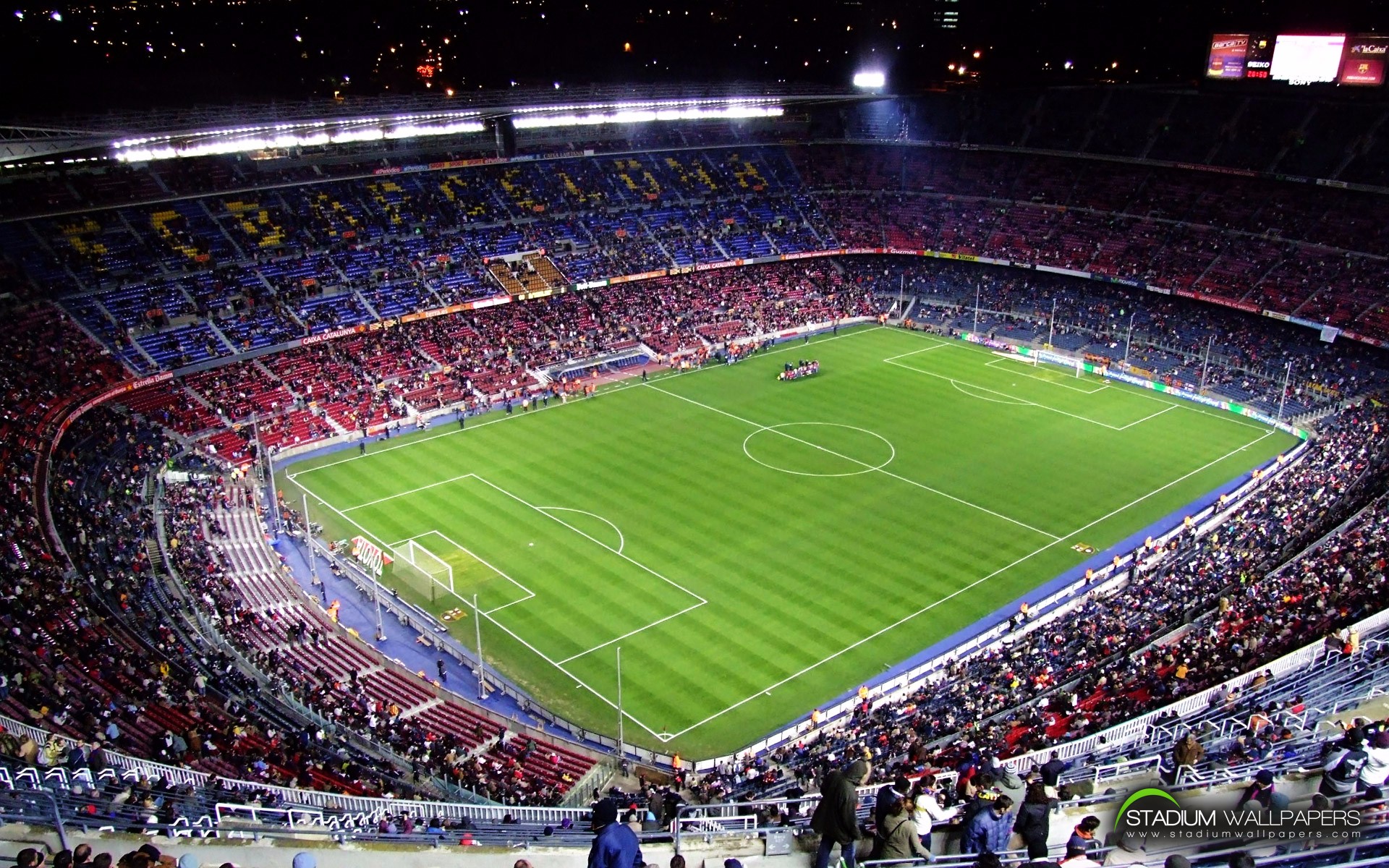
Service & facts
Food in Barcelona- In Barcelona food is taken very seriously. People in Barcelona plan supper while eating lunch, when planning a day trip their most important concern is where they are going to eat. Just grabbing a bite to eat is just not an option. In Barcelona eating comes first, when you taste the food you will discover why. Spanish food is very good and one of the healthiest diets in the world.In Barcelona you will find all the Spanish food options and varieties. Catalan cuisine is an ancient Mediterranean style of cooking, characterized by the aromas of the herbs that can be found on the mountains, the animals that are bred locally and the seafood harvested from the Mediterranean.
Transport in Barcelona-Barcelona being one of the top destinations to head to during a journey throughout Europe, there are multiple ways in which to arrive there. Depending on your preferred method of travel, you may arrive in either train, plane or car.
Train- There are 4 different train stations throughout Barcelona and several national, regional and international trains that come into the 4 stations. Estacio de Barcelona Sants: This is the city’s main train station where you can be assured to arrive from nearly any major city throughout all of Europe including National, International and Regional trains. Estacio de Franca: A beautiful building that allow for both National and Regional trains that connect to Barcelona. Estacio de Passeig de Gracia: This train station allows for only Regional trains to come through. Estacio de Placa de Catalunya: This train station allows for only Regional trains to come through. The public transportation within Barcelona is extremely easy to use and convenient for all travelers, offering a wide range of different means of transportation throughout.
Metro-Referred to by many as the best way to get from one place to the other within the city, the Metro is easily recognized with a large “M” and the frequency of the lines are very often.
Lines:
• L1 – Red Line – From Hospital de Bellvitge to Fondo
• L2 – Purple Line – From Paral-lel to Pep Ventura
• L3 – Green Line – From Zona Universitaria to Canvelles
• L4 – Yellow Line – From Trinitat Nova to La Pau
• L5 – Blue Line – From Cornella Centre to Horta
Bus-With a transport fleet of over 1,000 different buses operating on over 80 routes, it is safe to say that there are plenty of bus options for transportation in Barcelona.Single Ticket: The price for a single ticket is 2.15 Euros. T-10: The price for the T-1O ticket is 9.95 Euros and is good for 10 journeys. Day Passes: These tickets are good for either 2,3,4 or 5 days.
Where to stay???
When planning your trip to Barcelona, one of the biggest issues that you will come across is that of choosing the right neighborhood for your stay. With so many towns in the city, each one offering a distinctive cultural experience, it can often be difficult to decide whether you want a Gothic Quarter adventure or a Barceloneta beach vibe.
Barceloneta-Located right on the coast of the Mediterranean, the seaside town of Barceloneta offers holiday-makers a stunning sea views, as well as easy access to all of the sights in and around the city. A popular choice with many travelers, this area is perfect for those looking to make the most of the beaches in Barcelona.

The Gothic Quarter-For those who are intrigued by the long standing history of Barcelona, the Barri Gòtic in the Ciutat Vella district is the ideal neighborhood in which to stay. situated between El Raval and El Born, the Gothic Quarter is packed full of winding alleyways and picturesque plazas, allowing visitors to catch a glimpse of Barcelona’s rich history, from the ancient Roman walls to the medieval buildings. This area is known as the heart of the city.
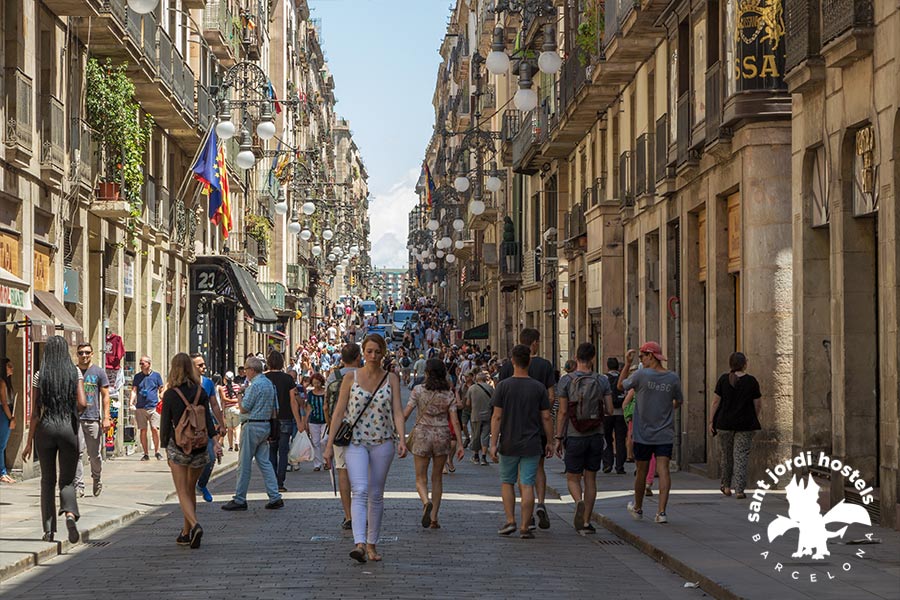
Gràcia- Want to get lost in a traditional Catalan atmosphere? If so, look no further than Gràcia, a quaint town where you will experience the very best in Catalan culture. Gràcia has a “small town” feel, while still being in close proximity to the very city centre. Here, you will also be able to see the national dance of Catalonia, ‘La Sardana’, at various spots around the town, usually on Sunday mornings. At night, the area comes to life, and the trendy bar scene famously attracts everyone from students to celebrities.

El Born-One of Barcelona’s oldest neighborhoods, El Born, is home to many unique boutiques, museums, restaurants, and bars. Once a site for medieval jousting competitions, this area is now known to be one of the coolest ‘barrios’ in the city and is a hit with young residents.
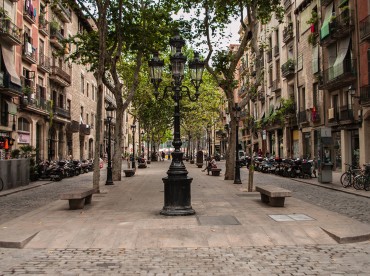
GOOD TO KNOW
Climate- In Barcelona the weather is pleasant for most of the year. However you'll experience the absolute best weather from May to the end of July making these months particularly attractive for a visit to the city. September is also a good month. August is generally hot (sometimes peaking around 34°C, 95F ) and humid so if you love humid saunas then this is the time of the year for you. Seriously though, the extra humidity makes the temperature seem even hotter. If you decide to visit Barcelona in August then make sure to choose a hotel room with air conditioning.
Language- Catalonia has its own language: Catalan. Most of the people who live in Barcelona are bilingual and speak Catalan and Spanish, which is also an official language. Street names and most road and transport signs are in Catalan. Many restaurants, especially those in the city centre, have menus in several languages. But if there's something you don't understand, don't be afraid to ask, people will be only too happy to help. Many people from Barcelona understand English and French.
Currency – currency exchange- The Euro is the official currency of Spain. Before you travel to Barcelona we recommend that you have a number of means of payment and ensure that your money and goods are protected by a quality travel insurance policy. We advise bringing travellers cheques, credit cards and about 2 days worth of Euros.
It's important to keep your different means of payment in separate locations on your person. Carry only the amount of money that you'll use in that day.
Barcelona has a petty theft problem and if your are unfortunate enough to have your bag or wallet stolen you'll need to have a back up means of payment to safeguard you.
Spanish auto banks will enable anyone with a visa-based card to withdraw cash from their home account. You can also withdraw cash using most switch cards.
Credit cards, including AMEX, are widely accepted in most of the high streets shops, restaurants and hotels. However many smaller restaurants and hostals still do not have credit card payment facilities.

















